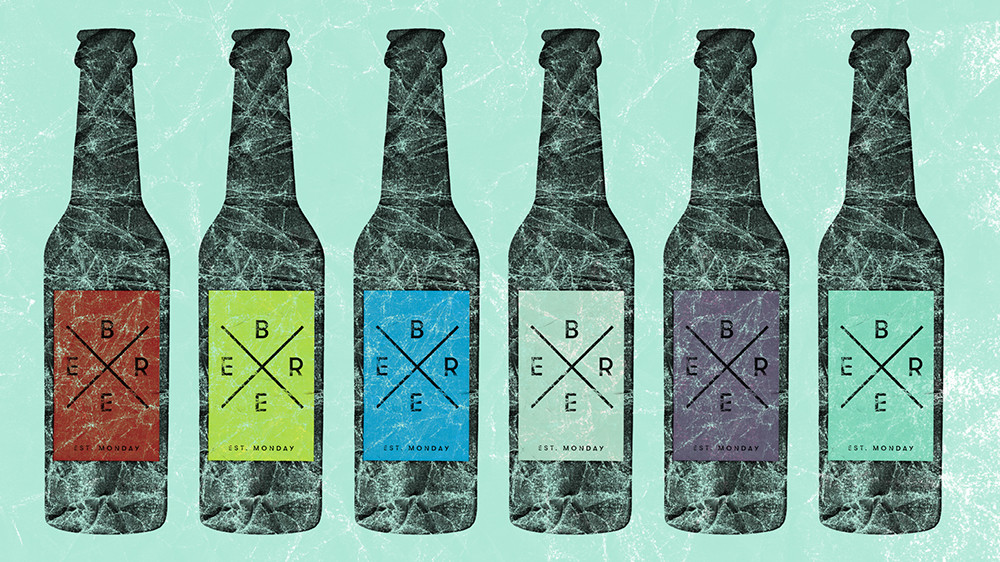
Same, same, but different?
Have you every wondered why all craft beers look the same? Or why pretty much every cereal pack on the supermarket shelf uses the same bulbous typography, pouring milk and bouncing fruit? Or why professional service firms keep naming themselves after their founders, only to abbreviate their name to initials once the firm grows bigger than the founders? It’s because they want to look like they belong. Craft beer wants to look crafted. Lawyers want to look like lawyers. They follow the category look.
So what is a category look and how does it emerge? Every category of product or service has an expected look—usually that of the category leader. The one product or service that either created or disrupted the category became successful and then spawned a host of imitators. In reality, the category look is that of your competitors.
If the goal of marketing and branding is to be recognised and remembered, then following your competitors makes no business sense. When every product looks and acts the same, the consumer has no reason to consider one brand over another. The only time you should pay close attention to the category is to work out what they’re NOT doing.
Truly disruptive brands that go on to lead a category are those that have a keen understanding of themselves, what they offer, who wants it and how they are different. They then amplify this story, not that of their competitors.
—
Matt Remphrey



